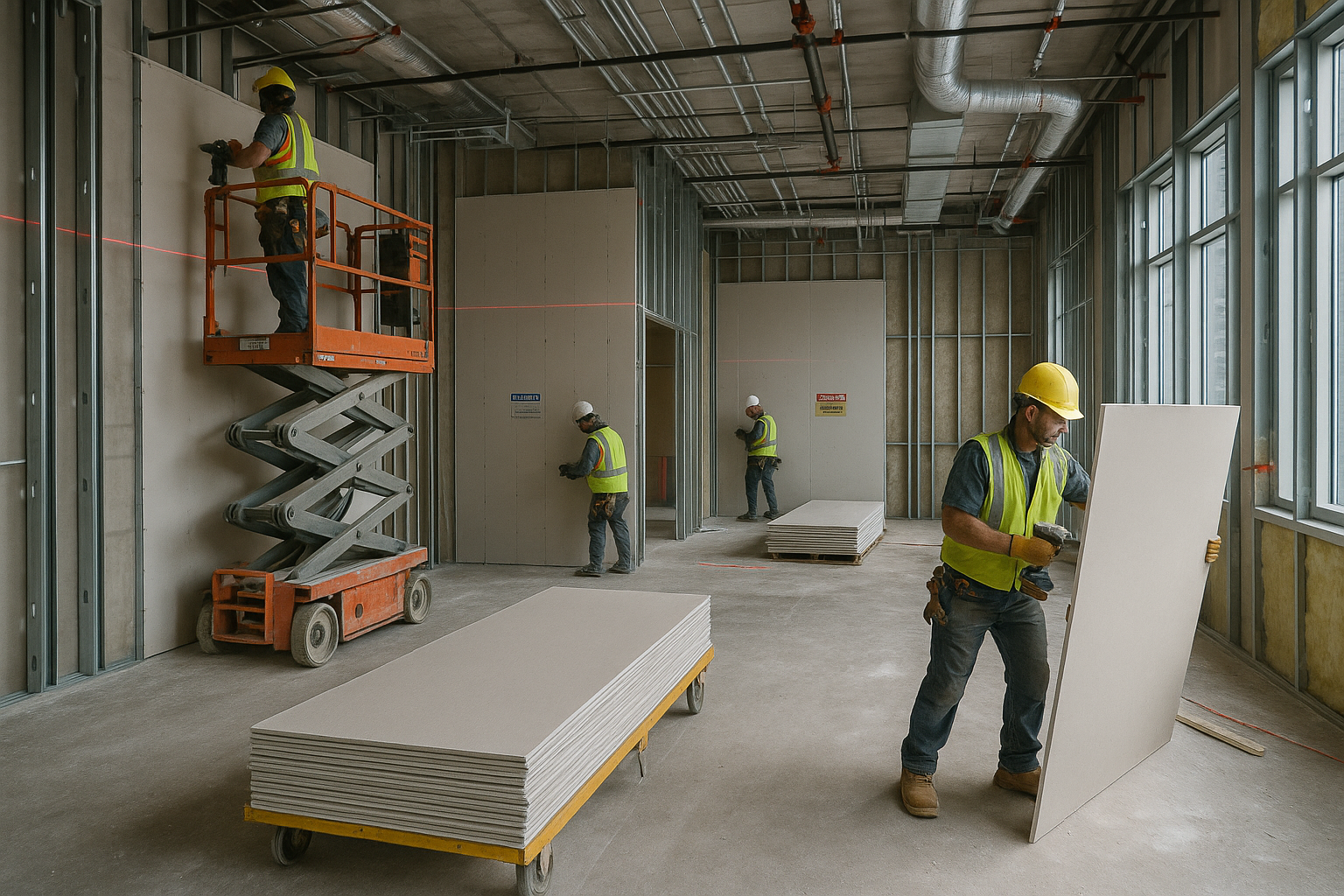
One of the most common causes of budget overruns in construction projects is incomplete or ambiguous consultant drawings. For drywall estimators, these gaps can result in missed scope, underestimated material needs, and labor miscalculations. Spotting these omissions early—not during install—can significantly impact your ability to submit accurate, defensible estimates. Here’s how architects, engineers, and general contractors can work collaboratively with estimators to identify these drawing gaps before they cost the project time and money.
Consultant drawings are often produced under tight deadlines, leaving room for errors or omissions. Watch out for these common culprits:
Traditional paper-based review methods are slow and prone to human error. Data-driven platforms like Active Estimating bring efficiency and clarity by allowing teams to digitally audit design documents.
These features let estimators proactively identify risk areas and initiate early RFIs, avoiding scope creep later in the process.
Use a pre-built checklist to validate each drawing set. Ensure it includes every required view: plans, RCPs, elevations, sections, and wall legends. Make it a standard review tool on every project.
Where possible, compare drawing output to model data or previously completed takeoffs. Discrepancies often reveal missing scope or ill-defined wall types.
Platforms like drywall estimating solutions that allow subjective and objective tagging can help flag design assumptions that need validation.
Encourage design consultants to release early partial packages for estimating review. Early feedback helps catch omissions before CDs are finalized.
In a recent medical office build, the initial estimate assumed standard partitions based on floor plans. During bid review, the estimator noticed several wall tags in callouts not matching the wall schedule. Using Active Estimating, they flagged the inconsistency and initiated an RFI. The response revealed 20% of the partitions were incorrectly classified—some were full-height to structure, others required lead-lining. The revised estimate added $115,000 in scope and prevented a costly mid-construction change order.
Consultant drawing gaps are an unfortunate reality in fast-paced project delivery environments. But with the right workflows, digital tools, and collaboration strategies, estimators can spot these issues early and respond proactively. Ultimately, it’s about transforming drywall estimating into a discipline that’s as predictive and resilient as the structures it helps build.
Contact Information:
Active Estimating
508 2nd Street, Suite 208
Davis
California
95616
Rich Schoener
richard@activeestimating.com
(877)
Schedule a personalized demo to see how Active Estimating can work for your specific needs.
